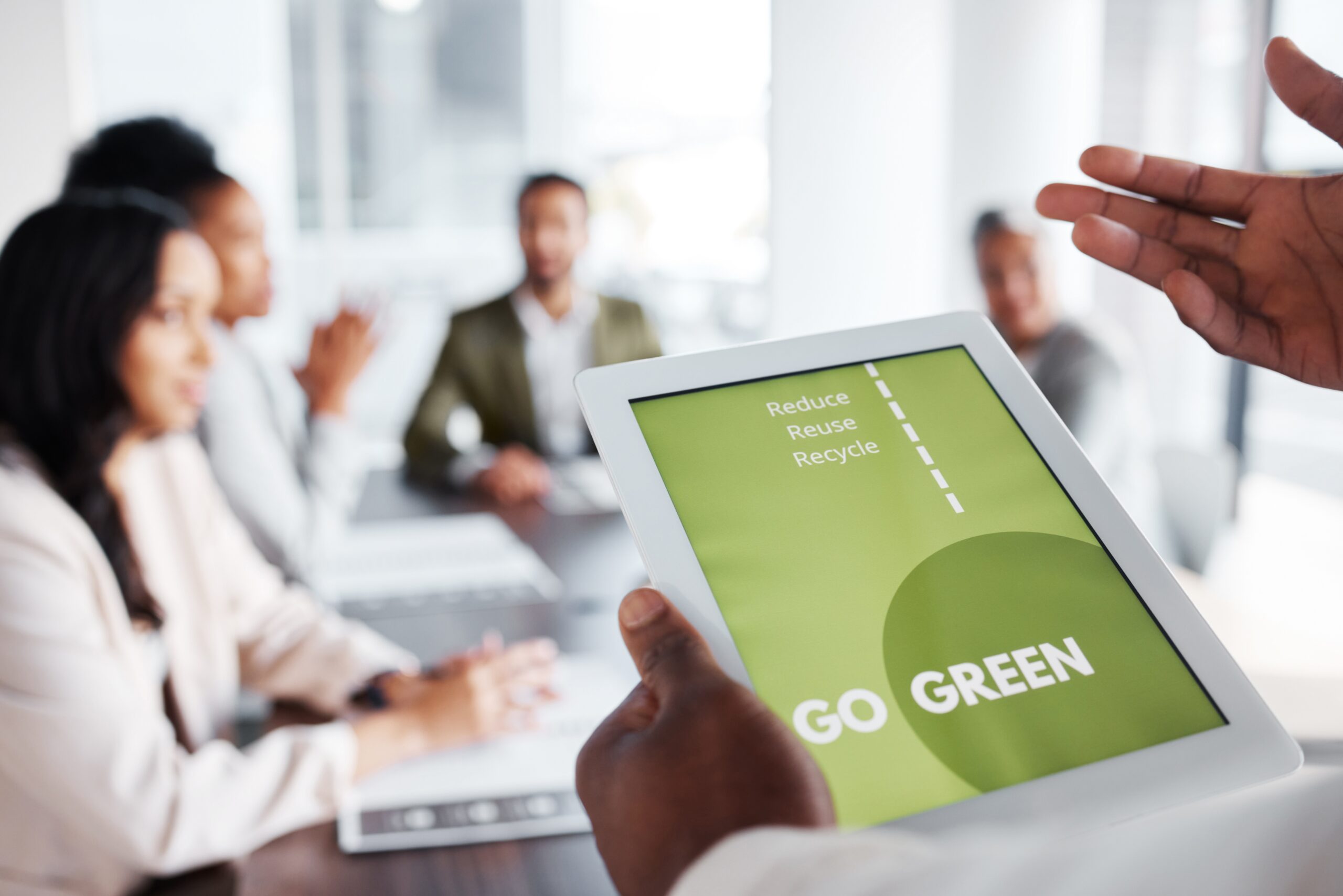BCD Meetings and Events Guide helps make events more sustainable
BCD Meetings & Events released a sustainability guide for meetings and events earlier this year, offering planners global sustainability trends and best practices.
Smart Meetings interviewed Ben Hoeksma, senior director, global program lead, to better understand what the guide provides to planners.

Smart Meetings How has your BCD M&E Sustainability Guide evolved over the years?
Ben Hoeksma It’s getting more sophisticated regarding what people want to ask their suppliers.
SM Your guide addresses a wide variety of topics in meetings like DEI. How and why are they connected?
Read more: Focus on Sustainability: Marriott Bonvoy Events Embrace Innovative Practices in Meetings and Events
BH [The] expectation of attendees has massively changed. People talk about the different generations of attendees, Generations X, Y, and Z, who are now attending events.
There are certain minimum things that they would expect or not expect to see at an event. Neurodiversity, for example, that conversation has developed more and more over the recent years. There is more acceptance of different people’s needs when attending an event and how to accommodate them; the changes are very simple changes that can happen.
There is no direct link to a meeting being greener. It’s more about the awareness of wanting our events to have more power for good.
Whether it’s asking on a delegate invitation pathway, “How are you traveling to an event?” You can start capturing the emissions data.
Also, “Are there any specific needs you have for this event that we need to take into consideration?” Or, however, you can ask that question to allow people that openness to say, “I suffer from ADHD.” We can do something and allow the organizers to respond. The actual individual initiatives are still very different. But as a whole, it is part of those broad conversations about how to improve these events.
Read more: Sustainability Tools for Easier Green Planning
SM While digging into your research, how do you figure out what works, what doesn’t and how people should look at events through this lens?
BH Because of the size of our business, almost 2,000 people worldwide work with all those different customers. You’ll see all the other people fed into this across various regions. So it’s not just one expert sitting and saying, “I know what’s good.”
We are as engaged as possible across the industry. We host our client focus groups. We will bring a small group of clients with sustainability at the heart of their goals.
We also ask them what their priorities are at the moment. “How can we help you more? What does this look like? What else can we do for you?” That helps shape our minds as to what the priorities are at the time and how things are evolving.
SM When you look at issues like the cost of gas or food waste, how do those factor into this? How are you crafting solutions to these challenges?
BH [You have to ask] what the expectations are and what’s achievable.
I first started looking at this for one specific client in 2018 or 2019. We wanted to start comparing hotels that the client was using.
We created a set of criteria questions we wanted to ask the hotels, and we were going to give them a ranking score.
We began engaging with the suppliers to ask, “What is achievable? What is fair to ask of you?” After we’ve done the venue scorecard, we’ve got an A to Z list of how you can make your event greener, which starts with the event concept and goes all the way through to the debrief again.
We went out to hotel suppliers and DMCs and said, “Look, what’s your feedback? Are these initiatives achievable? Should we ask suppliers to conform to this, or are there things that get in the way that we need to adapt?”
We don’t have all the answers, and I don’t know anyone who does have all the answers because their solutions are ever-changing, right? And as much as people are talking about sustainability and making their events greener, the point of an event is to create an experience like whatever that experience might be.
You must always weigh what is more important because you can strip your meeting back as much as you want. You can look at the emissions; you talk about the gas prices there. You can look at emissions from people driving versus flying versus getting public transport and decide, this is going to be better if we just do this as a virtual meeting, but if you don’t achieve what you want to from that meeting by having it virtually, then you might as well have not bothered doing it. So you always have to weigh up those conflicting interests, right?
Read more: Your Complete Guide to Sustainability
SM How close are we getting to a completely green meeting world?
BH It’s so difficult to define that. So that’s the problem. Is a green meeting one with zero waste? Is it one that leaves a positive impact on the community in which it left? We’re further along than we were. The industry is self-regulating itself. We are bringing in initiatives, and we are bringing [those] without being told that we have to because there’s this kind of race, if you like to see, especially from the supplier side, everyone’s acutely aware that at some point down the line, and depending on the region, depending on the country you’re in, some are already doing it.
I was at an industry event last year, and they asked the same question. As the speaker said, “Where are we now compared to where we worked 12 months ago?” And everyone’s like, “Well, we’re a little further ahead, but we still need to push the boundaries.”
Our clients are saying, “This is what we want from you. We need this without the government saying you have to do this.” Look at France, for example. France has very big targets around emissions and bringing that in, so clients have to react to that. But you’ve got customers who’ll be in France, but then they will be doing something different in Germany, the UK or Italy because, generally, people are bringing in the same practices.
Read more: Sustainability as a Practice
SM Tell us more about your scorecard. How does that work?
BH We have a list. We’re up to about 40 questions. These are all legit questions that you can ask hotels.
You pick five to ten key things for your business. What is most important to you? Is it single-use plastic? Does the hotel have a green accreditation? Is it food?
Whatever it might be, you choose those criteria. And every single time we send out an RFP, we will ask all the hotels those questions, and you’ll get, say, four hotels to respond.
Out of those responses, you can say that one is a seven out of 10. That’s a six out of 10, that’s a 10 out of 10. It helps to shape people’s minds, depending on their priorities.
The majority are selecting the greener options and the hotels they see. Now, other things come into play, such as cost, availability and all the other fun things that come with it, but at least it’s visible. At least it’s one of the kinds of markers they can use.
Read more: Earth Day is a Call to Action
SM Is there anything else you’d like to share with our readers?
BH There’s a tremendous amount of willingness for people to do things, but they’re also looking for direction. But in the same way, they’re also getting on with it and just doing something anyway.
Just introduce something. Start doing something that impacts today, which can become the norm.
If people are aware of why things are happening, they’re more likely to buy into it. You find resistance when things are changed because many people don’t like change. It’s not a change that they understand, and they’re not necessarily supportive of it because it’s not the same experience they’re used to.




